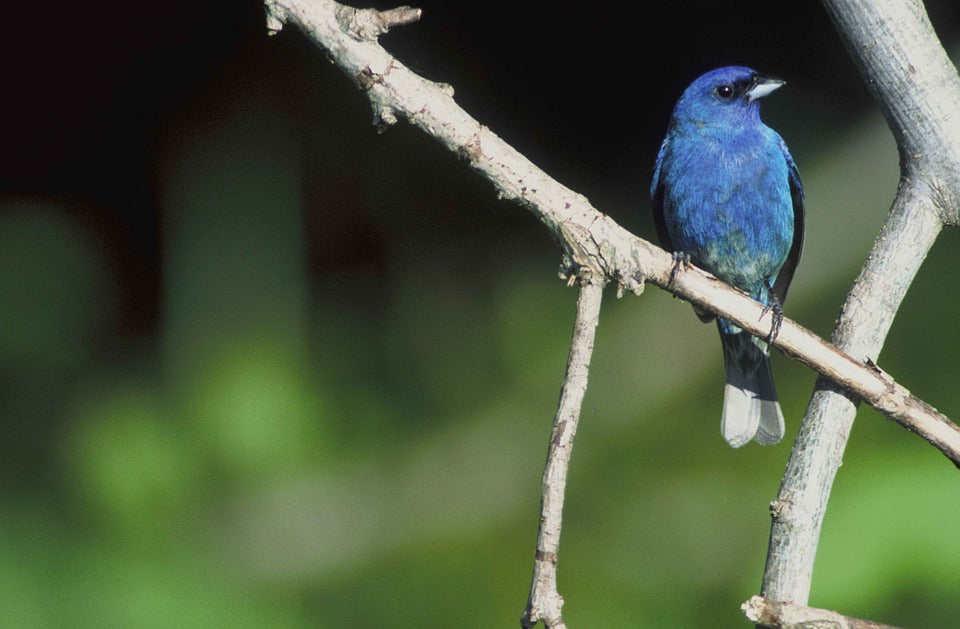Offer
Provide additional details about the offer you're running.
Provide additional details about the offer you're running.
Provide additional details about the offer you're running.

A beautiful small migratory bird that ranges from southern Canada all the way down to northern Florida, the Indigo Bunting is a beautiful addition to any backyard. This all-blue bird sometimes referred to as the “blue canary” because of their lovely and uplifting songs heard throughout the late-spring and summer months.
These bluebirds can often be found in forest edges containing a fair amount of brush, open deciduous wooded areas, and farmland. Their range is quite expansive during the summer and breeding months, stretching through a great portion of the United States, and southern areas of the provinces of Ontario, Quebec, Manitoba, and some Maritime provinces. During the winter, the Indigo Bunting will be found in tropical areas like South Florida, the Caribbean, Central America and northern countries in South America.
A smaller species, the Indigo Bunting measures in the same class as a small sparrow coming in between 11.5-15cm in length and carrying a wingspan between 18-23 cm. In the breeding season, the males steal the show with their vibrant blue plumage and indigo colored head. Their wings and tail are a black color highlighted with deep blue edges. Come winter, the males edges turn to a more brown looking colour but still maintain their blue body and head feathers. The females are mostly brown in color, matching the coloring of the immature of the species, although some immature males do tend to show faint blue coloring on the tail and shoulders.
Their lively song is one that contains a number of bright whistle notes and tones that can be quite pleasing to hear on any given morning. The Indigo Bunting is a busy songbird, often singing upwards of 200 songs per hour at dawn, and continuing at about one song per minute for the remainder of the day! Their recognizable pattern of notes sounds something like “what, what, where where, see it, see it” and is often repeated in pairs.
High Quality Blend

